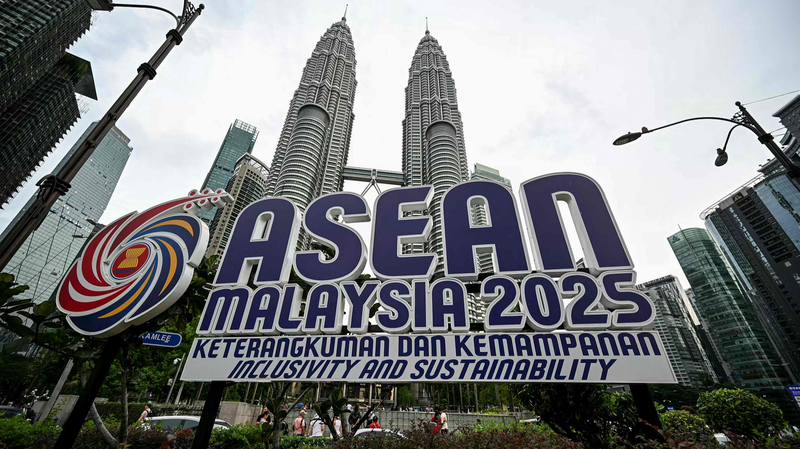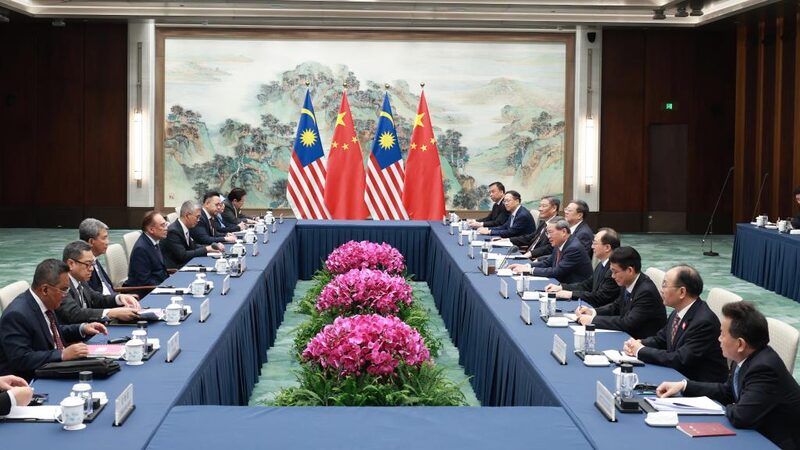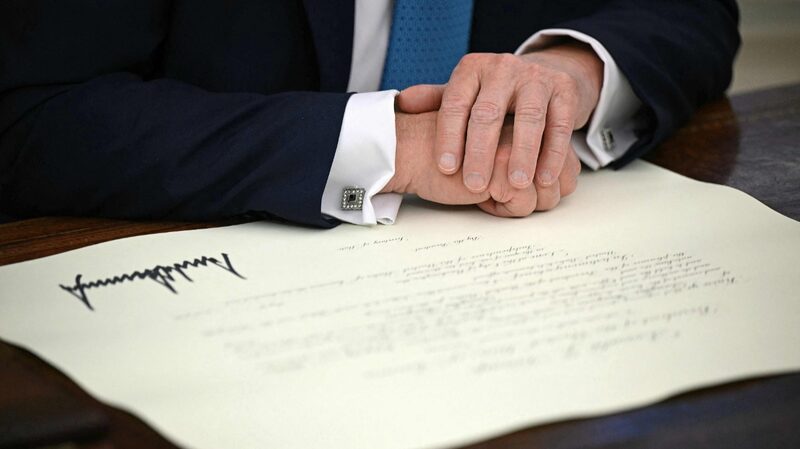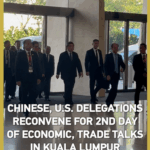As Southeast Asian nations grapple with the ripple effects of U.S. tariffs, regional leaders are turning to strengthened collaboration with China to stabilize trade flows and economic growth. The 46th ASEAN Summit in Kuala Lumpur has spotlighted urgent efforts to diversify partnerships amid Washington’s “reciprocal tariffs” policy, which threatens export-reliant economies across the region.
With the U.S. imposing temporary tariff pauses on most trading partners, ASEAN countries face mounting uncertainty over long-term access to critical Western markets. China, already the bloc’s largest trading partner, has emerged as a strategic anchor through initiatives like the China-ASEAN Free Trade Area and Regional Comprehensive Economic Partnership (RCEP). These frameworks aim to integrate industrial supply chains and counterbalance trade disruptions.
Analysts observe a delicate balancing act as ASEAN governments maintain dialogue with U.S. trade negotiators while accelerating infrastructure and digital connectivity projects with Beijing. This dual approach seeks to mitigate risks from what some experts describe as Washington’s push to restructure supply chains away from Chinese influence.
“The U.S.-China trade war has forced Southeast Asia to rethink its economic roadmap,” said Yu Hong, a senior researcher at Singapore’s National University of Singapore. “Deepening regional integration through existing China-ASEAN mechanisms offers a pragmatic buffer against global volatility.”
As talks progress, businesses across ASEAN are reportedly increasing cross-border e-commerce partnerships with Chinese firms, while governments explore yuan-denominated trade settlements to reduce dollar dependency. These developments underscore a shifting economic landscape where Asia-Pacific cooperation is becoming central to managing geopolitical headwinds.
Reference(s):
cgtn.com








